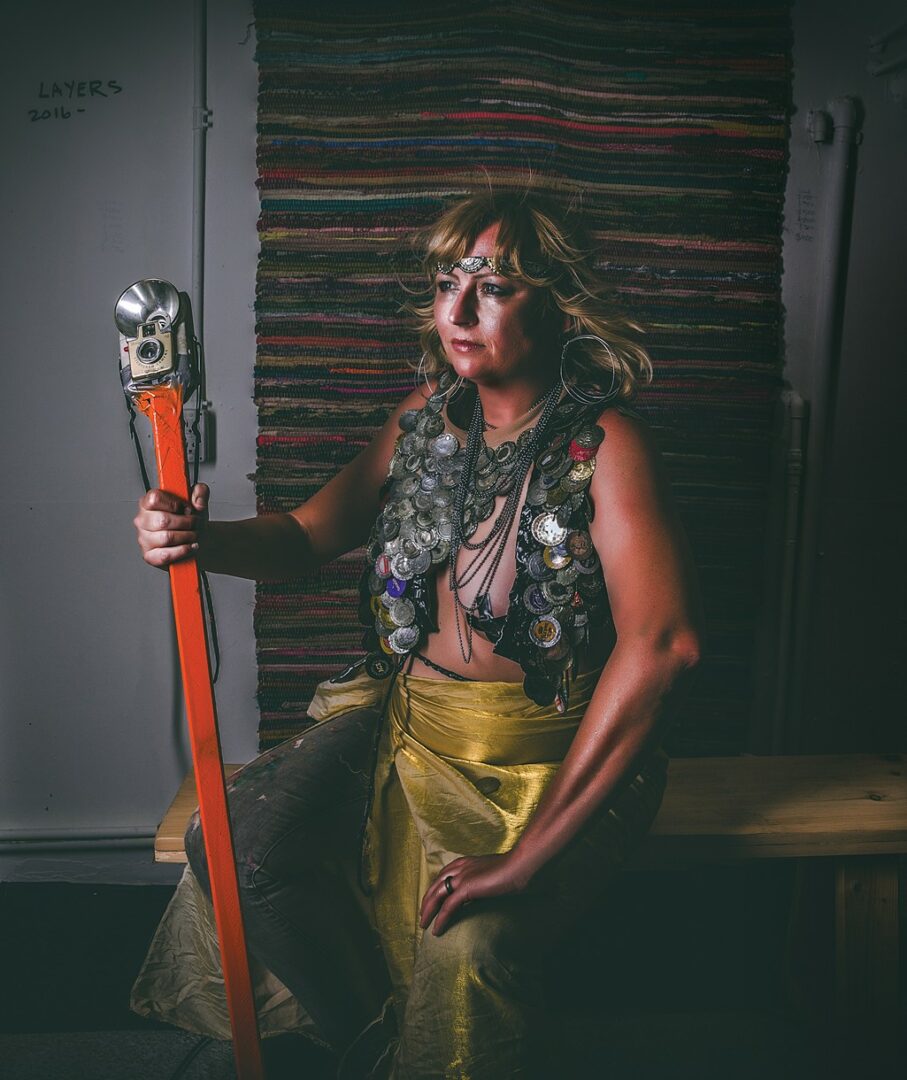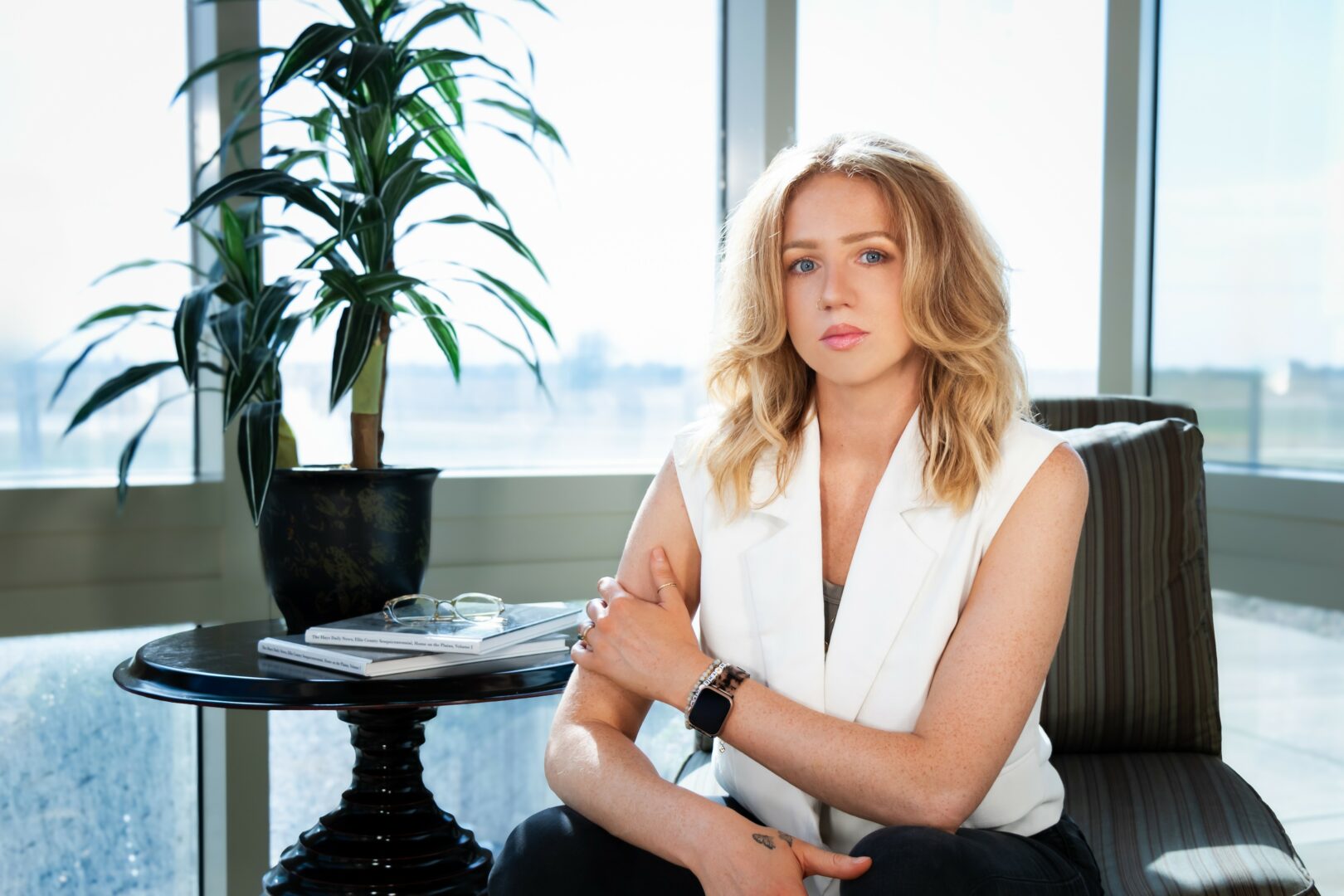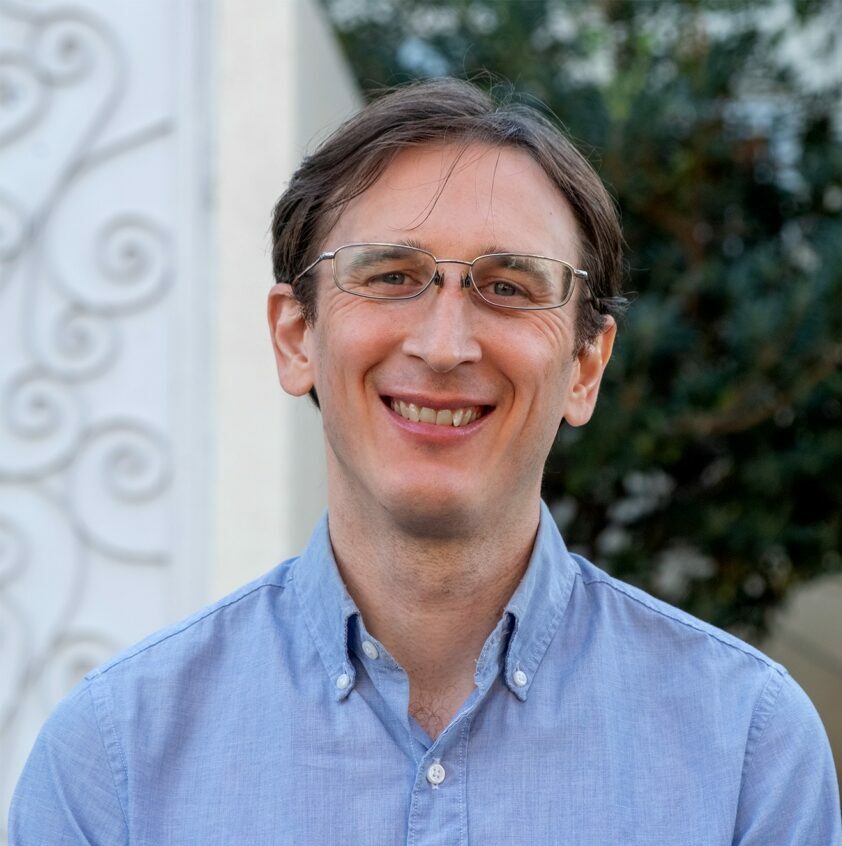Alright – so today we’ve got the honor of introducing you to Kat Wilson. We think you’ll enjoy our conversation, we’ve shared it below.
Hi Kat , thanks for sharing your insights with our community today. Part of your success, no doubt, is due to your work ethic and so we’d love if you could open up about where you got your work ethic from?
This is a touchy subject for me. The truth is, my work ethic has always been an issue. Nothing feels worse than going through a divorce and being asked, “Why did you have to work so hard?” But it is what it is. I’m from a factory town, and both my parents see work and your job as the most important things in life. Both of my siblings excel at their jobs.
When I was younger, I was tormented by the realization that I was a lesbian. No matter how hard I tried, it wasn’t something I could overcome. I dated some really handsome and awesome dudes, but my desire was inconquerable. The weight of that made me work even harder, as if success could somehow make up for it.
When I decided to be an artist, I remember standing in the darkroom and thinking, I’m going to give this my all. I’m going to be so successful that my family will need me financially, and that way, they won’t disown me when they find out I’m gay.
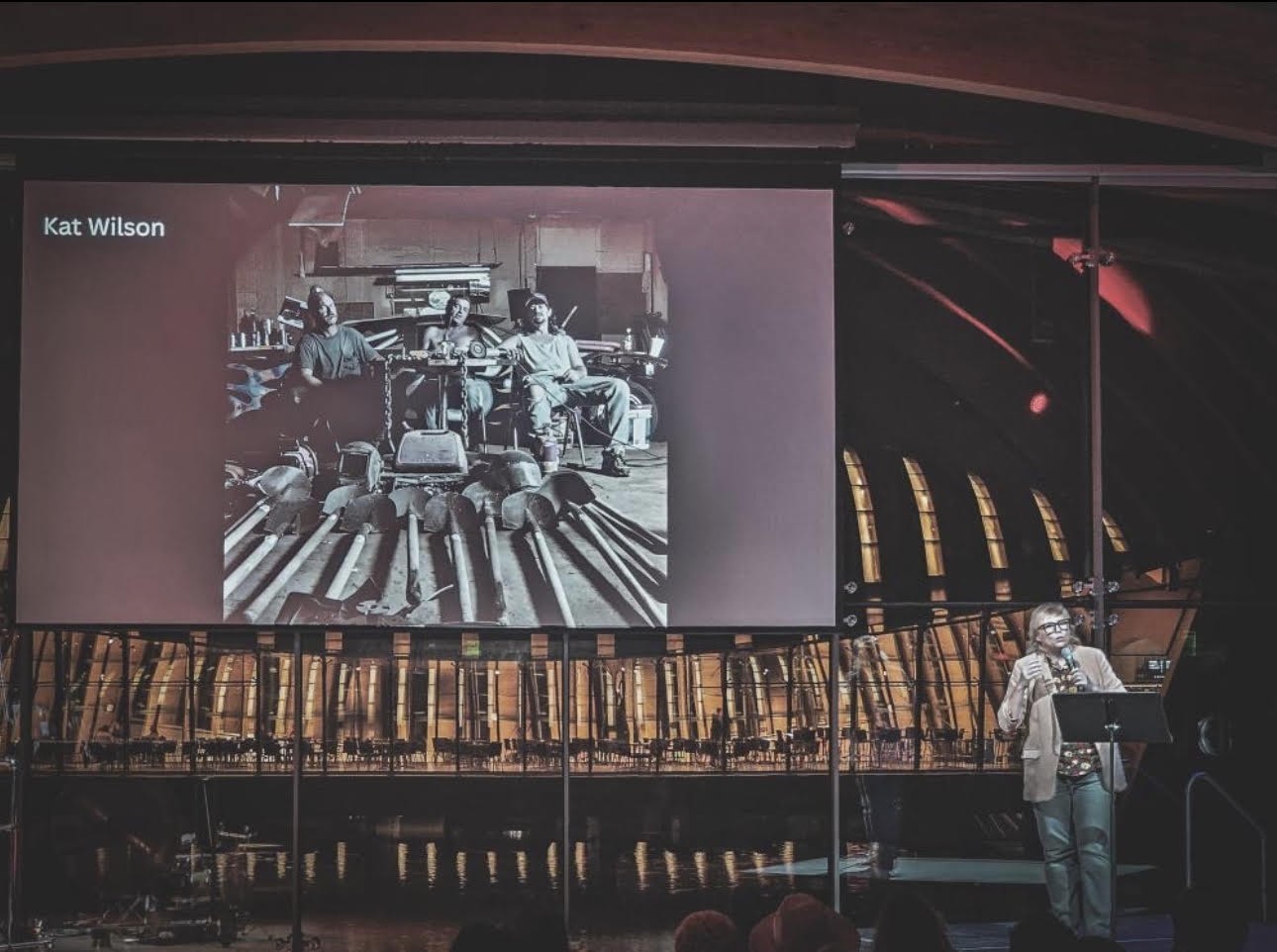
Thanks, so before we move on maybe you can share a bit more about yourself?
It’s hard to sum up three decades of work in a few paragraphs, but here I go. I’m a photographer based in Northwest Arkansas. My work is theatrical, participatory, and human centered, often blurring the line between art, community, and collaboration.
I hit the art formula jackpot when I was 25 years old and dreamed up my long-running series Habitats, which helped define my practice. I stage portraits in people’s personal spaces to tell a deeper story through both their environment and the objects they choose to include. Using lighting inspired by Caravaggio’s tenebrism and a triangular composition to guide the viewer’s eye, these portraits are deeply collaborative, and I believe 200 years from now they will really tell a story.
From Habitats evolved #SelfieThrone, an interactive installation where participants become part of the art. I often team up with people whose skills go beyond my own such as neon benders, sculptors, and actors. We end up making a spectacle, and it all started as my reaction to selfies, in the spirit of “take your own damn photo then.” The project led to Party Art, a movement of community-built public artworks where the artistic vision comes to life through engaging a diverse group of participants in an act of art.
Lately I have been focused on a photo series called American Stillness, inspired in part by America’s upcoming 250th anniversary. It’s about photographing what’s already been photographed and listening for what the ghosts forgot to say. When shooting these, I often feel like the last photographer before a generation of generated images.
My work has been shown at Crystal Bridges Museum of American Art, projected at the Louvre, and exhibited in galleries across the country. My photographs have appeared in The Washington Post, Los Angeles Times, National Geographic, and Oxford American. Alongside my art practice, I balance a career in commercial photography where I bring the same sense of storytelling, precision, and connection to every project. You can check out my art at katwilsonartist.com, #selfiethrones at selfie-throne.com and my commerical work at katwilsonphoto.com
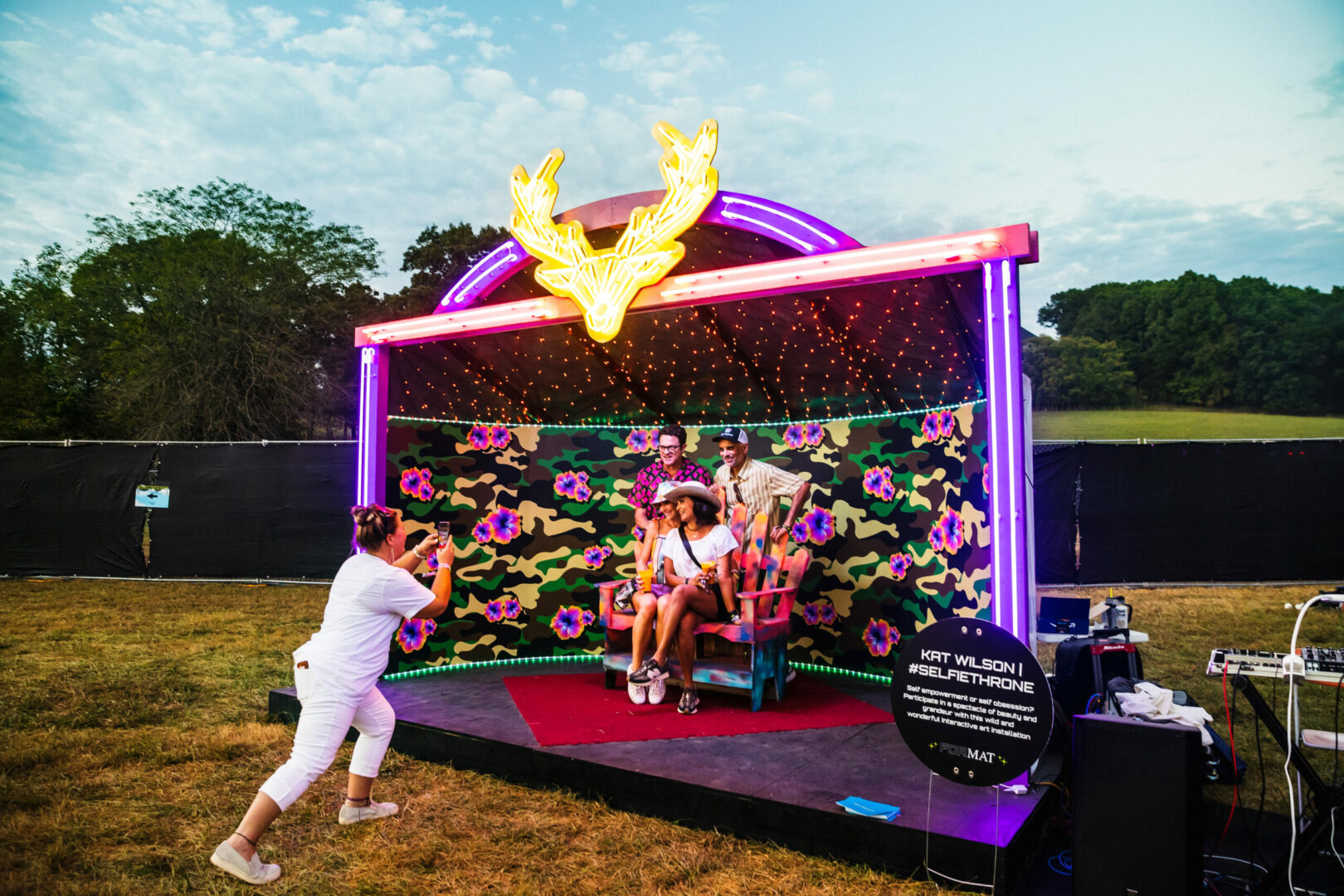
If you had to pick three qualities that are most important to develop, which three would you say matter most?
First, do not hold on too tightly to who you were when you started. One of my biggest mistakes was not shifting from identifying as a photographic artist to identifying as a lesbian artist. That hesitation cost me opportunities at a time when grants were leaning toward supporting underrepresented communities.
Second, never stop networking. I started out doing it naturally, but over the years, I thought I didn’t need to anymore. That was wrong. You always have to network to stay relevant. Audiences change, curators change, everything changes. Honestly, I still need to take my own advice on this one.
And third, keep learning new skills. Every new skill gives you more control over your story. When I learned web design, I could tell my own story and change it whenever I wanted.
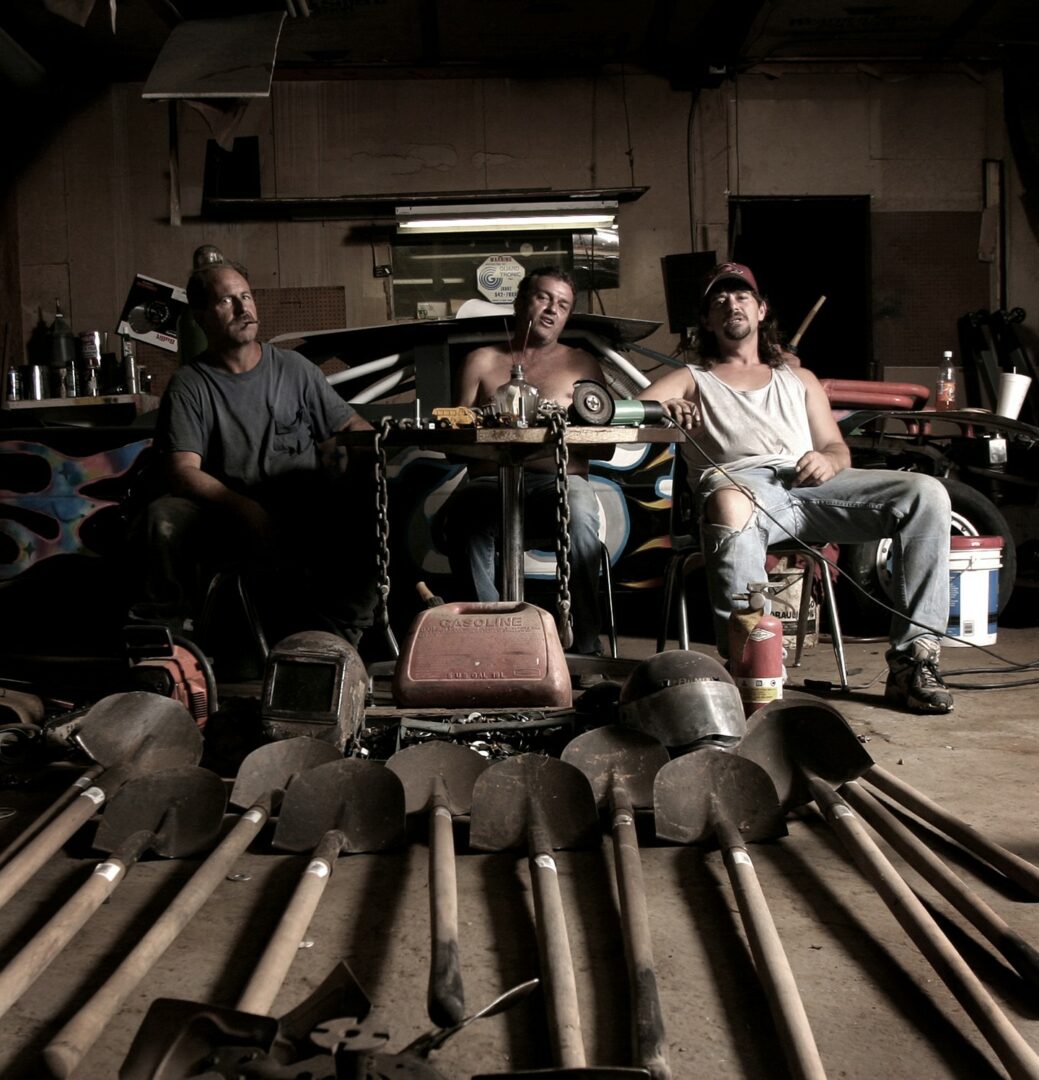
Looking back over the past 12 months or so, what do you think has been your biggest area of improvement or growth?
This might sound crazy, but you are just going to have to believe me. Menopause has been my biggest improvement in decades. Technically, it is perimenopause, but what it has done for me is take away that burning desire to make it in the art world. It has grounded me. It has made me feel like life is short, and that has shifted my focus toward my family and away from constant ambition.
Some people might see that as sad or negative, but for me, it has been the opposite. I have spent most of my life in the clouds, always chasing something, and this change has given me permission to land. It has also taken the sting out of my losses. I can look at things now with more peace and less emotion.
Contact Info:
- Website: https://katwilsonartist.com
- Instagram: @katwilsonartist
- Facebook: https://www.facebook.com/katwilsonartist
- Linkedin: https://www.linkedin.com/in/katographic/
- Twitter: https://x.com/katographic

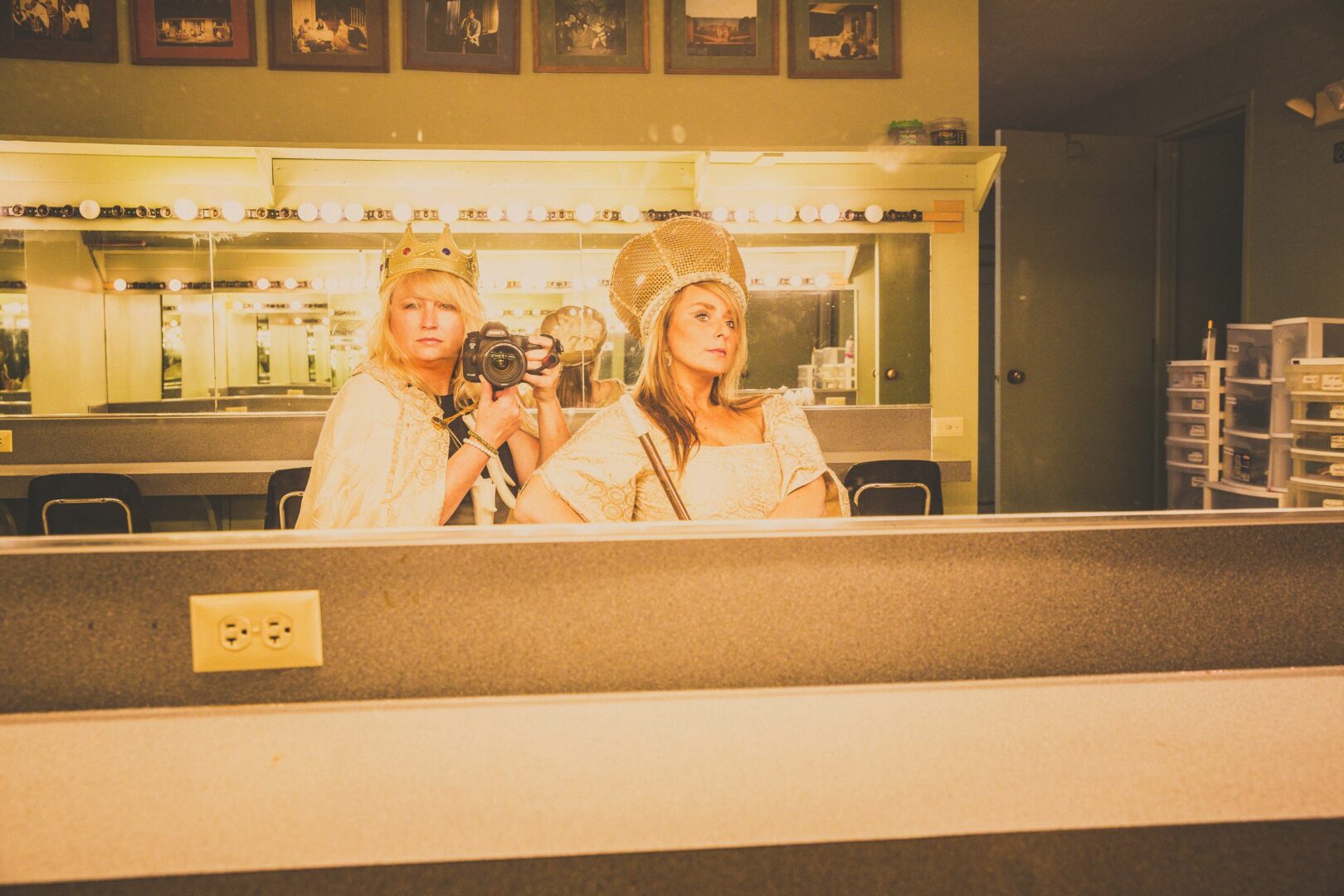
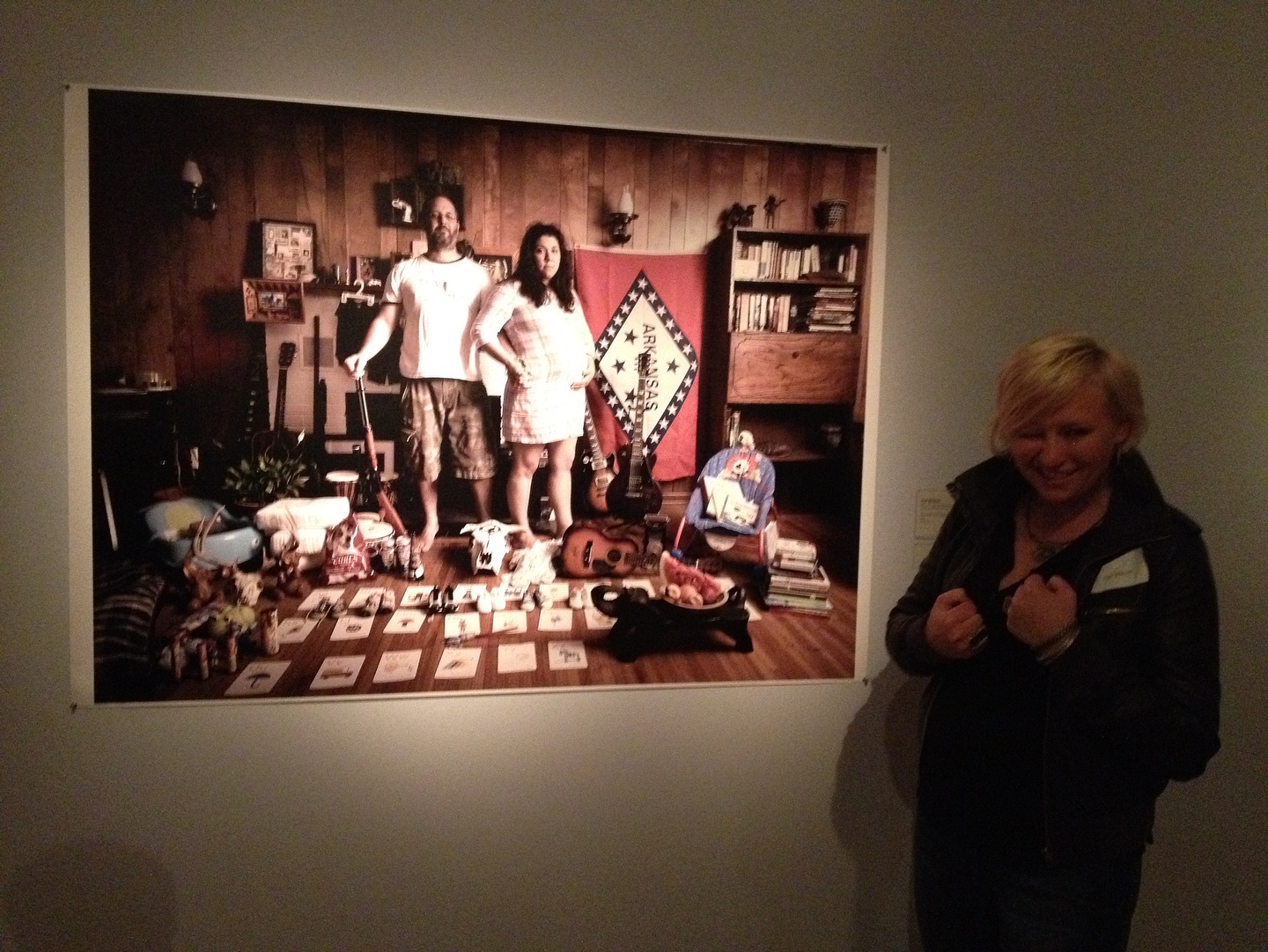


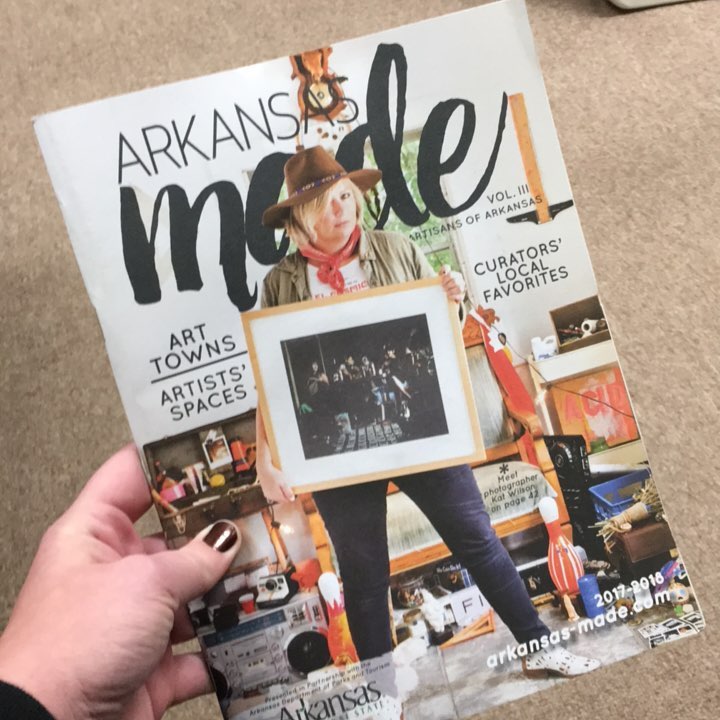
Image Credits
Images were all taken by me except:
The Cover of Arkansas Made – Matthew Martin
Me talking in front of projection of one of my Habitat photos was taken by Kalele Thumbutu
so if you or someone you know deserves recognition please let us know here.

